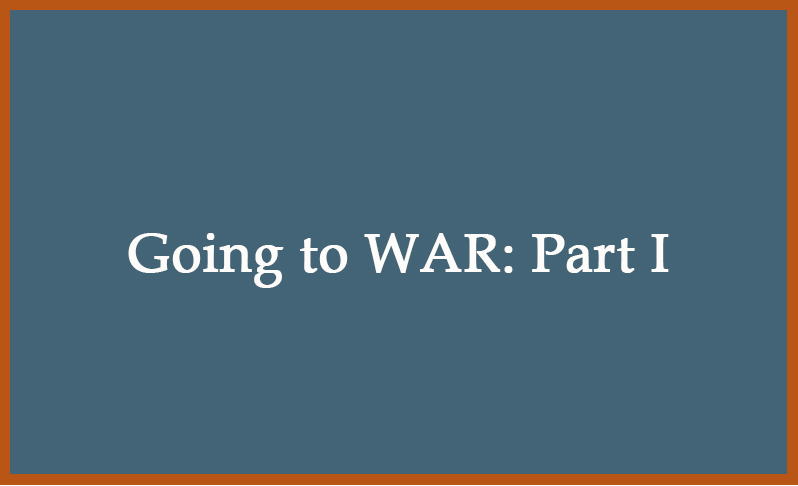Want a simple assessment tool for your CTL, one that tracks your daily activities while providing you with a detailed read-out of what activities dominate your unit? A few years ago our dean expressed both an educational and oversight interest in learning what our CTL—here it’s the Teaching & Learning Center–actually does—i.e., how can she justify continuing to support funding our unit? At first, we thought of our response as merely making our boss happy—what we’ve already discussed as the number one job of a CTL—but then we realized such a response had terrific P.R. value and it could serve as an effective assessment tool.
To create a weekly report, we used our CTL’s strategic plan as a template. The process was relatively painless since when we established our strategic plan, we followed our university’s format. First, list your goals:
- GOAL 1: Effectively administer the unit (list here the over-arching university goals that this goal addresses).
- GOAL 2: Provide venue/facilitation for the University (university goals).
- GOAL 3: Provide high-quality professional development (university goals).
Next, the University asked us to run its Bachelor of Individualized Studies (BIS) Program, so we added one:
- GOAL 4: Effectively administer the BIS Program (university goals).
Along the way, we also found we were being asked to perform various tasks that did not conform to our four goals, so a new category was tacked on:
- Miscellaneous.
Under each of these goals, we created a list of objectives. For instance, Goal 3 of professional development has ten items:
- Objective 1: The TLC will provide faculty and staff with cutting-edge pedagogy information/training.
- Objective 2: The TLC will provide faculty and staff with scholarship training.
- Objective 3: The TLC will coordinate orientations for such groups as New Faculty, Part-Time New Faculty, First-Year Course Faculty, and Teaching Assistants.
- Objective 4: The TLC will administer the Faculty Consultation Program (FCP).
- Objective 5: The TLC will sponsor and coordinate several types of Professional learning Communities (PLCS) (e.g., traditional PLCs, Breakfast and a Books, and Creative Communities).
- Objective 6: The TLC will facilitate, when needed, specialized faculty and staff professional development workshops (e.g., our Teaching & Learning Innovations Series).
- Objective 7: The TLC will administer the Faculty Innovators (FIs) program.
- Objective 8: The TLC will liaise with the Council on Postsecondary Education’s (CPE) Faculty Development Workgroup.
- Objective 9: The TLC will collaborate with the Noel Studio.
Interestingly, these objectives have morphed over the past ten years with some objectives added, deleted, or synthesized. For instance, as we were writing this post, we noticed that over the years Objective 3 on orientations has expanded from its original single charge, New Faculty Orientation (NFO). When we began the Center, we were put on a committee of faculty charged with running NFO. Gradually, we came to realize that most of that group really didn’t want to be doing it, had no background in professional development, and were just overseeing a program that had been passed on down to them. Slowly, we suggested some changes that reduced the orientation’s length from five days to three and cut costs in half. Our most important change, however, was redirecting NFO’s focus to the importance of each professor’s major duty, teaching. When NFO became an efficient, cost-saving process, others around the University noticed. Part-time Orientation was added to our plates. Then the Dean of the Graduate School asked us to facilitate a session for his Teaching Assistants. Later, First-Year-Programs asked us to present their program, and recently the Student Success unit inquired if we can help them.
Success begets success, sometimes so much that we can’t handle all the requests.
Objectives come and go. Six years ago, for instance, the University asked us to address Senate Bill 1 that created a seamless transition between secondary and higher education. Thus, we created CARTE (though we can no longer remember for what the acronym stood). Also, the Provost has had several temporary initiatives we’ve been tasked with helping. And we’ve developed a few programs, such as Scholarship Week and the Pedagogicon, that have grown to major importance.
Next time we’ll explain how we use the WAR for assessment and provide some particulars.
Author
 Charlie Sweet is currently Co-Director of the Teaching & Learning Center (2007+) at Eastern Kentucky University. Before going over to the dark side of administration, for 37 years he taught American Lit and Creative Writing in EKU’s Department of English & Theatre, where he also served as chair (2003-2006). Collabo-writing with Hal Blythe, he has published well over 1000 items, including 15 books; of his 11 books with New Forums. Meet Charlie.
Charlie Sweet is currently Co-Director of the Teaching & Learning Center (2007+) at Eastern Kentucky University. Before going over to the dark side of administration, for 37 years he taught American Lit and Creative Writing in EKU’s Department of English & Theatre, where he also served as chair (2003-2006). Collabo-writing with Hal Blythe, he has published well over 1000 items, including 15 books; of his 11 books with New Forums. Meet Charlie.



